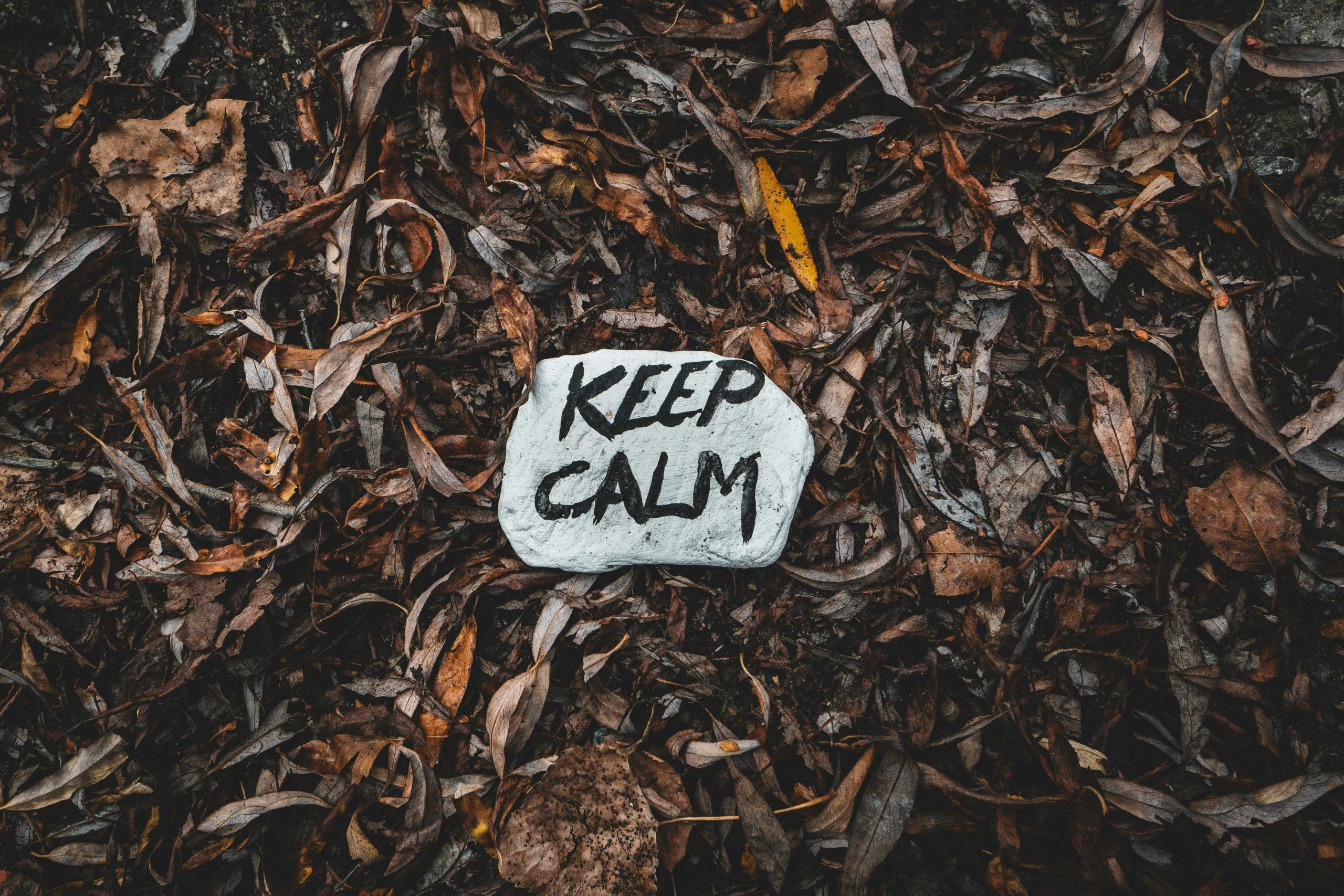In a fast-paced world full of notifications, deadlines, and endless responsibilities, finding calm can feel like a luxury. Yet, most of us also crave structure—the kind that keeps our lives running smoothly. What if you could have both? It turns out, routines that create calm without losing structure are not only possible but essential for mental clarity, productivity, and overall well-being.
This article explores how to build daily habits that support both peace and purpose—without sacrificing either.

🌿 Why Balance Matters
We often fall into one of two traps: too much rigidity that leaves no room to breathe, or too much flexibility that turns into chaos. But true wellness lives in the middle—a space where routines provide support without suffocating spontaneity.
Psychologists agree that routines help reduce anxiety by offering a sense of predictability and control. At the same time, introducing mindful pauses and intentional transitions throughout the day can lower stress levels and increase resilience.
👉 Balance is key: Too much control breeds burnout. Too little creates instability.
🧩 Elements of a Calm Yet Structured Routine
Here are the core components that allow you to build routines with just the right blend of serenity and order:
1. Consistent Wake-Up and Sleep Times
- Start by anchoring your day with a regular sleep schedule.
- Use a calming wind-down ritual at night: dim lights, reduce screen time, and try deep breathing.
- In the morning, avoid jumping into tasks. Instead, take 10 minutes for quiet reflection or stretching.
Consistency creates rhythm, which leads to inner stability.
2. Intentional Transitions Between Tasks
Rather than jumping from one thing to another, allow micro-breaks between work segments.
- Take a walk between meetings.
- Play calming music while switching environments.
- Practice the 4-7-8 breathing technique to reset your focus.
These tiny rituals act like commas in your day—adding space without stopping the sentence.
3. Morning Rituals That Center You
A productive day starts with how you enter it. But productivity doesn’t mean sprinting out of bed. Try these:
- Gratitude journaling: Write 3 things you’re grateful for.
- Mindful movement: Gentle yoga, tai chi, or simply stretching.
- Hydration & sunlight: Drink water and get outside within 30 minutes of waking.
You’re setting your brain up for clarity and calm before the chaos begins.
4. Midday Reset Moments
Even the most structured people benefit from mental rest. Without breaks, focus dips and tension rises.
Consider:
- 10-minute power naps.
- Mindful eating during lunch (no screens).
- Stepping outside for fresh air, even for just five minutes.
These short pauses allow you to return to structure with renewed clarity.
5. Evening Rituals to Wind Down
Just as you prepare to start the day, you should also prepare to end it.
Try this simple wind-down checklist:
- 🧘 Unplug 1 hour before sleep.
- 📖 Read instead of scrolling.
- 🕯️ Use ambient lighting (candles, salt lamps).
- 📓 Journal thoughts to release mental clutter.
As the day closes, your routine should invite stillness—not stimulation.
📅 Sample Calm + Structured Day
Here’s how it can all come together:
| Time | Routine Component |
|---|---|
| 7:00 AM | Wake up, sunlight + hydration |
| 7:30 AM | Gentle movement or stretching |
| 8:00 AM | Breakfast + mindful journaling |
| 9:00 AM–12 PM | Focused work sessions (with breaks) |
| 12:00 PM | Mindful lunch |
| 1:00 PM–4:00 PM | Structured work with one transition break |
| 5:00 PM | Walk or light activity |
| 6:00 PM | Dinner |
| 7:00 PM | Wind-down activities (reading, music) |
| 9:30 PM | Journal + prepare for next day |
| 10:00 PM | Sleep |
🔄 Transition Words to Keep You Moving Gently
When structuring your day or reflecting on your schedule, look for “bridge points”—times where transitions help you shift focus without abrupt stops.
Use prompts like:
- “Before moving on, I’ll pause for…”
- “Next, I’ll ease into…”
- “Now that I’ve finished this, I’ll reset by…”
These micro-mindsets support both calm and continuity.
🧠 Psychological Benefits of Balanced Routines
According to the American Psychological Association, routines help reduce decision fatigue, boost mental clarity, and offer a sense of safety during uncertain times. Meanwhile, Harvard Health notes that mindfulness-based rituals (even as simple as a quiet cup of tea) can significantly lower cortisol levels.
The result? You’re more likely to stay grounded even when life becomes unpredictable.
✨ Final Thoughts: Structure Should Serve You, Not Trap You
A well-crafted routine isn’t about control—it’s about care. When designed intentionally, routines become a powerful ally in maintaining your mental health, emotional regulation, and focus.
So, whether you’re a busy professional, a parent juggling tasks, or simply someone who craves more peace in your day, remember: structure and calm aren’t opposites. In fact, they thrive together.
Let your routine be the rhythm that moves you forward—gently, intentionally, and with grace.
📚 References
- American Psychological Association. “Why Routines Matter.” https://www.apa.org/news/press/releases/stress/2020/report
- Harvard Health Publishing. “Mindfulness meditation may ease anxiety, mental stress.” https://www.health.harvard.edu
- National Institutes of Health. “Daily routines can boost mental health.” https://newsinhealth.nih.gov






